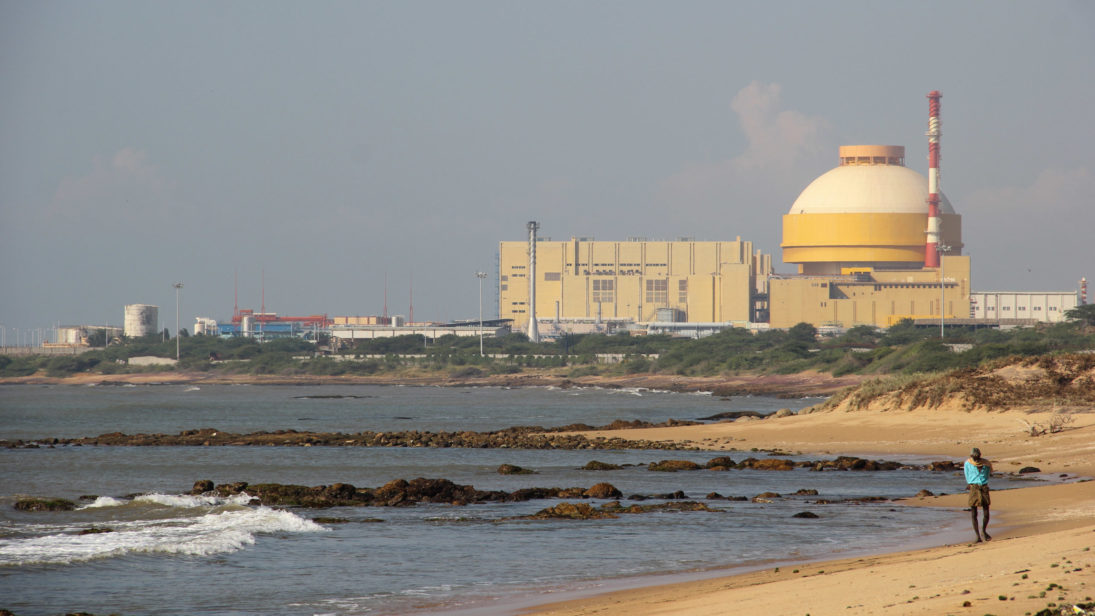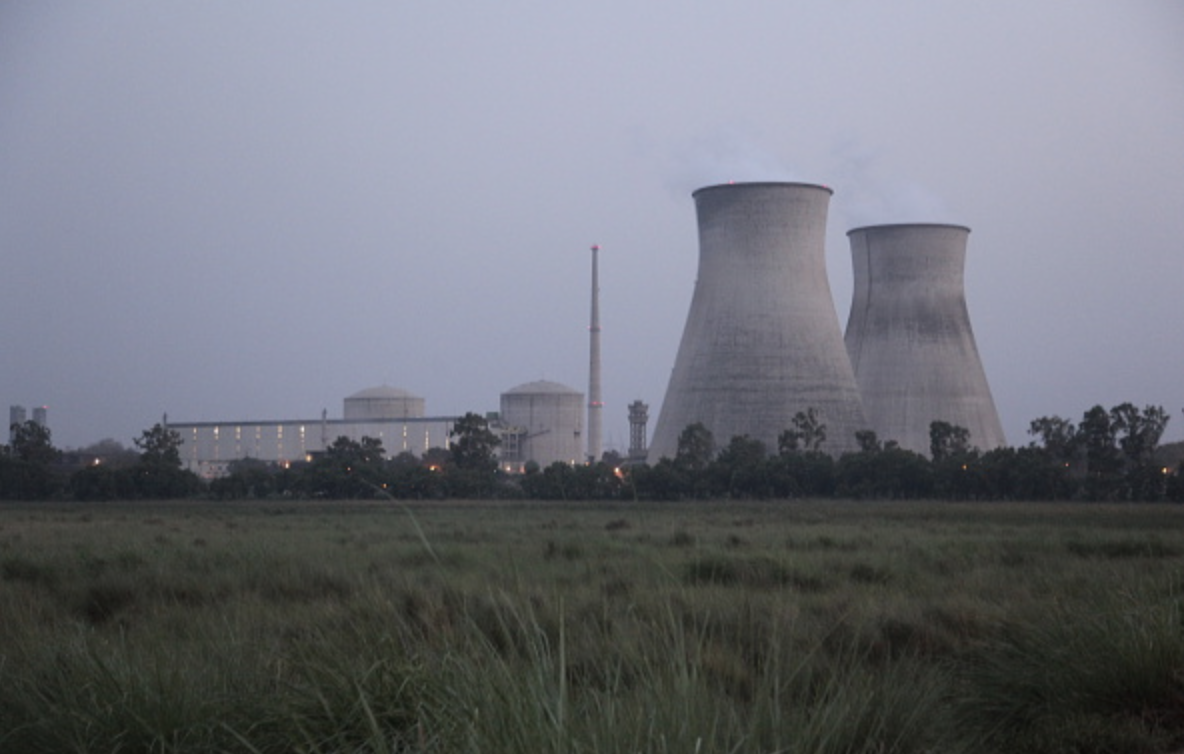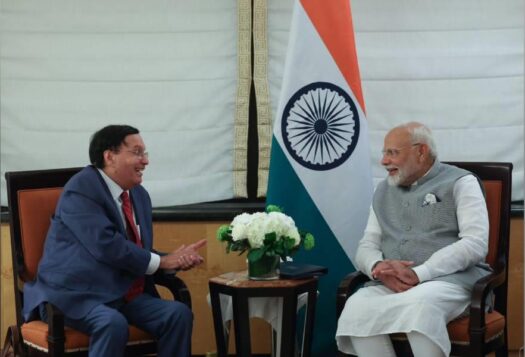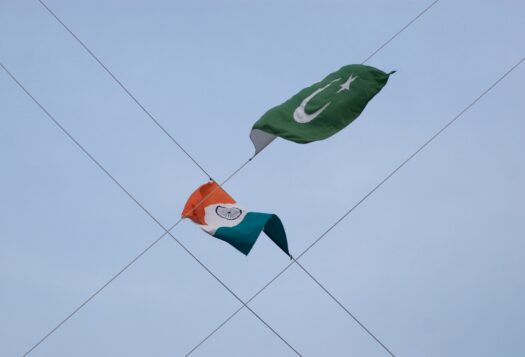
The failure to commercialize the 2005 India-U.S. Civil Nuclear Deal remains a blot on the otherwise flourishing and widening India-U.S. relationship. The deal, which was officially signed by President George W. Bush in 2008, enhanced bilateral cooperation in areas from trade to defense, except for the very purpose of nuclear cooperation. Observers measured the success of the deal primarily through the number of U.S. reactors installed in India and focused particularly on the incessant delays faced by the U.S. firm, Westinghouse, of its six nuclear reactors even after a decade. This led to an adverse assessment of both the nuclear deal and the scope of nuclear energy in India. Critics and commentators alike initially judged the deal as a pretext for broader strategic objectives while also assuming that the future of nuclear energy in India would be too bleak for any meaningful partnership between nuclear technology exporters and New Delhi. This article reassesses both these conclusions and suggests better potential for nuclear energy in view of New Delhi’s fresh impetus, borne from conducive policies and, as a result, proposes an improved prospect for cooperation between nuclear technology exporting countries and India.
Prime Minister Modi and Former President Trump recently reaffirmed their commitment towards fulfillment of the Westinghouse deal. It is now incumbent upon the incoming administration to facilitate the deal and usher in a new era of clean energy cooperation.
Reassessing the Past Decade
As the deal did not culminate in economic benefits from nuclear commerce for over a decade, it led many to believe that the economic potential of the deal was hyped in the United States in order to tout it to the Congress and American public, whereas “strategic relations [were] the deal’s primary objective.” Undoubtedly, decision makers in Washington were tempted by additional benefits of bilateral trade, defense cooperation, nonproliferation goals, and strategic convergence with India. However, they did not lose sight of the United States’ chance to play a significant role in India’s transition to clean energy. As discussed below, India tried hard to overcome the hurdles in operationalizing the deal, some of which were exogenous to its intent to get it off the ground, and sought U.S. support where needed.
First, India became a party to the Convention on Supplementary Compensation for Nuclear Damage and established a Nuclear Insurance Pool to indemnify operators from its domestic liability laws, thus allaying the fears of American companies. Second, Westinghouse’s AP1000 reactors relied on forged steel from Japan and other components from South Korea. Therefore, their procurement was contingent upon intergovernmental agreements on nuclear trade for peaceful purposes between New Delhi and both South Korea and Japan, which did not occur until 2011 and 2016, respectively, despite best efforts by Washington and New Delhi. Finally, a lending freeze at the EXIM bank due to domestic disputes over board appointments and Westinghouse’s plea for bankruptcy in the U.S. courts further delayed progress.
Prime Minister Modi and Former President Trump recently reaffirmed their commitment towards fulfillment of the Westinghouse deal. It is now incumbent upon the incoming administration to facilitate the deal and usher in a new era of clean energy cooperation.

India—The Nuclear Energy Bright Spot
The initial 2005 estimate of a potential civil nuclear deal at the value of USD $150 billion for U.S. companies may need revision as Russian and French conglomerates have already made inroads into the Indian market. As India explores possibilities with South Korea and upgrades old reactors from Canada, it is evident that New Delhi’s policy is driven by diversification. Independent estimates suggest nuclear installations anywhere between ~80-150 GW by 2050 in India, which make it a nuclear energy bright spot in an otherwise shrinking global market, and one in which the U.S. companies can play a much larger role.
For India, clean energy transition is an economic, security, and global leadership imperative. Economically, clinging to its thermal plants is a sunk cost—they are neither cost-effective nor climate-friendly, as their emitted pollution poses a climate threat to the country’s vast coastal population and thriving littoral metropolises. On a global level, India sees positive action on climate as a leadership issue as demonstrated through the International Solar Alliance, an Indian initiative that has been adopted by 121 sunshine countries and involves technology transfer and financing in the solar energy sector. Although wind and solar are slated to play a much more significant role in the future, the Indian government forecasts that nuclear energy will remain a steady source of electricity—between 2-3 percent of the overall energy basket—in the coming decades. As India’s desire for nuclear energy appetite continues to grow, the aggregate quantum of reliance on nuclear energy is poised to increase.
In its most recent submission to a parliamentary committee, the Department of Atomic Energy (DAE) mentioned that the Modi administration finally agreed to move ahead with the earlier target of 63 GW by 2032, which was set by previous administration of Manmohan Singh. The Indian government has in-principle approved 28 reactors with foreign technical collaboration for 29.9 GW capacity. The U.S. giants dealing in conventional nuclear apparatus like Westinghouse, General Electric, and others working on emerging small-scale variants, such as Bill Gates backed TerraPower and Southern Company, can aim for a more significant share of the pie.
A significant portion of successful U.S.-India nuclear cooperation depends on the U.S. private sector’s ability to understand and navigate competition in India, particularly with its Russian and French counterparts. The Biden administration can support the private sector in two critical ways. First, the Modi government is willing to fund all indigenous nuclear initiatives but prefers external financing from exporting countries for foreign installations. The new Russian and French installations are financed through a mix of loan and equity, with loans offered to India at 4 percent and 4.8 percent, respectively, by the exporting governments. As both Westinghouse and General Electric would require USD $8-9 billion in financial support, the Biden administration can support the ventures with lax financing norms through the U.S. EXIM Bank. The new administration can also seek to co-finance the project with Japan and South Korea, both of which supply critical components.
Second, both Russian and French installations also come with uranium supply commitments. This is a critical aspect for India’s foreign nuclear reactors acquisition because it is not endowed with indigenous uranium reserves. President Biden has strong insights into this issue because fuel supply was a critical sticking point during the 2005 negotiations. Although the nuclear deal and a subsequent waiver from the Nuclear Supplier’s Group (NSG) have paved the way for India to procure uranium from a diversity of international sources ranging from Australia to Namibia to Kazakhstan, the United States can at least ensure its reactors are self-sufficient like the Russian and French ones.
As the strategic proximity between India and the United States continues to grow, nuclear trade can be another vital area of cooperation between both democracies.
Revisiting the 2005 Deal
Fulfilling the 2005 nuclear deal is timely and politically expedient for administrations in Washington and New Delhi. For newly confirmed President Biden, it would constitute a historic closure of an Obama era legacy that he had previously actively authorized and supported. Moreover, it would allow him to sell the continued deepening of strategic ties with India to a U.S. domestic progressive constituency that remains apprehensive of the Modi administration’s domestic policies. Prime Minister Modi, who tacitly endorsed former president Trump’s reelection bid in Houston, now faces the challenge of adjusting to a Biden administration. The deal’s realization would prove a big help towards that end, given President Biden’s emphasis on climate change in his governance agenda. The Indian premier can also capitalize on the deal’s fulfillment to signal the seriousness of his intent towards global energy sector, which New Delhi desperately needs in its bid to transition to clean energy.
Generating concrete outcomes of the deal is necessary not just to calm critics but also as a strategic imperative. Having more internationally safeguarded nuclear installations can help both countries. For the United States, it is an expansion of the nonproliferation umbrella as more facilities would be under the guard of the International Atomic Energy Agency (IAEA). For India, it helps burnish its credentials as both a responsible user of nuclear power and a supporter of the IAEA’s authority to those friendly voices that previously blackballed its entry to the NSG, with the exception of China, who will continue to stall its entrance on political grounds.
As the strategic proximity between India and the United States continues to grow, nuclear trade can be another vital area of cooperation between both democracies.
***
Image 1: India Water Portal via Flickr
Image 2: Pallava Bagli via Getty Images


